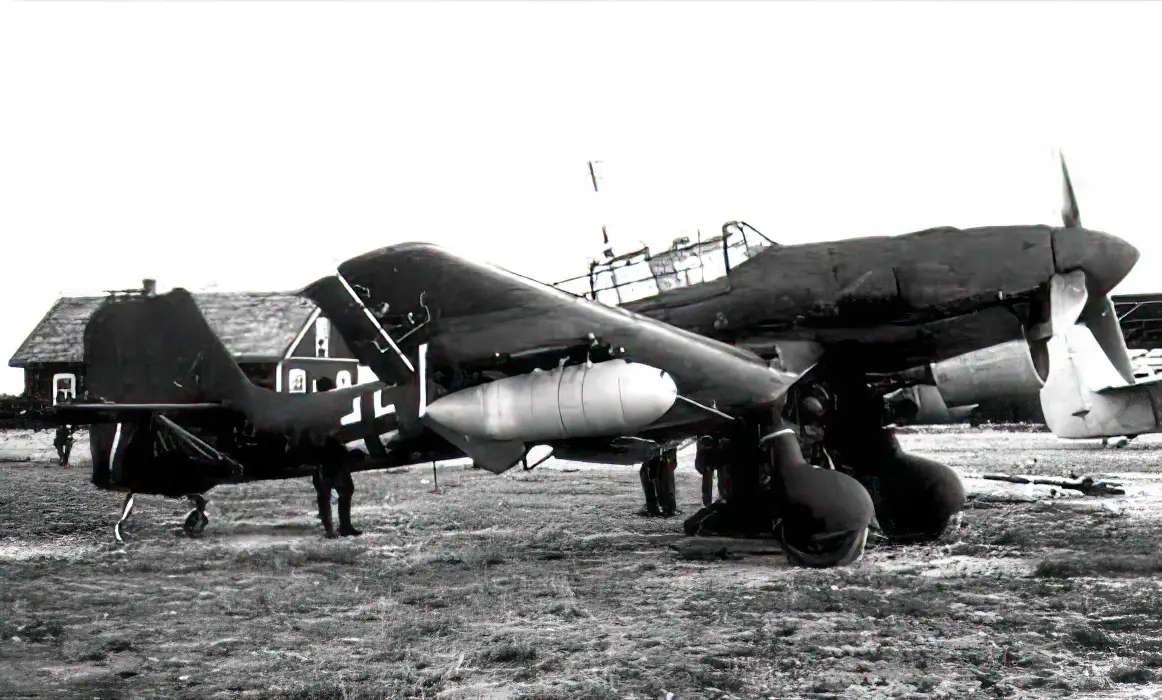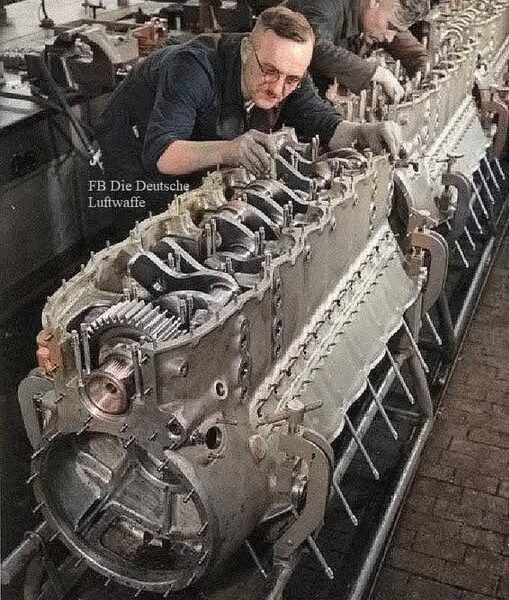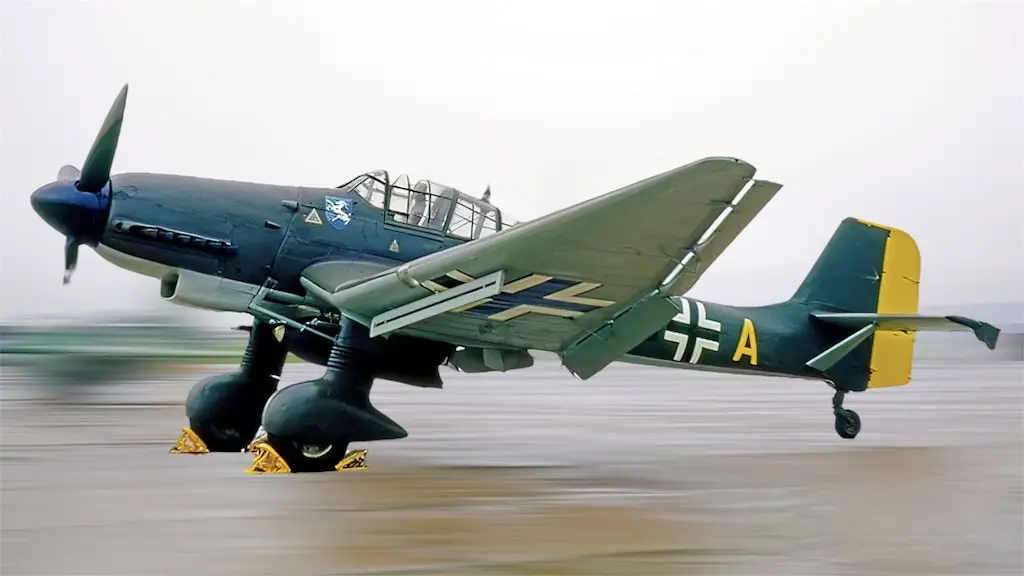
The Junkers Ju-87 Stuka, a name that shaped the history of military aviation, symbolized the might of the German Luftwaffe during World War II. This aircraft, with its distinctive wings and wailing sirens, opened a new dimension to aerial warfare. While its reputation as a fearsome dive-bomber is well known, the story of the Stuka reveals innovations, adaptability, and strategic importance that go far beyond common knowledge. We take a look at five fascinating facts about this legendary fighter jet and shed light on its lesser-known roles and lasting legacy.
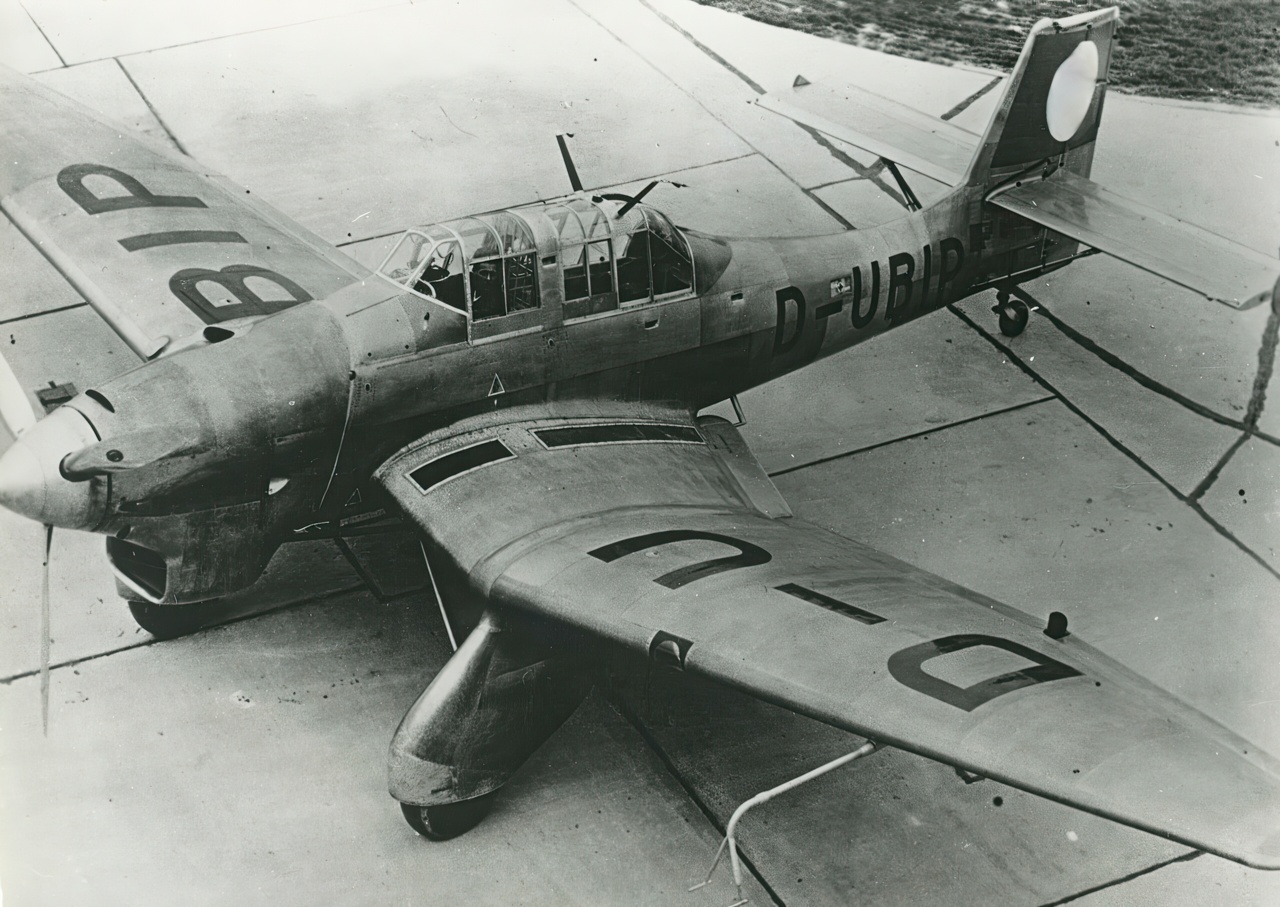
Versatility beyond dive bombs
The Ju-87, commonly known as the Stuka (short for “Sturzkampfflugzeug”), is synonymous with the vertical bomber tactics of the German Blitzkrieg. However, its role evolved considerably during World War II. On the Eastern Front, faced with massive numbers of Soviet tanks, the Germans converted the Stuka into an anti-tank platform. This variant, known as the Gustav, featured 37 mm cannons mounted on wing nacelles. Originally modified from existing D models, these aircraft were later redesignated G. The removal of the dive brakes altered their attack strategy, leading to attacks from lower altitudes and at lower angles, primarily against advancing Soviet tanks.
The famous Stuka ace Hans Ulrich Rudel was a pioneer of this variant and achieved most of his anti-tank exploits with it. The Gustav, slower and more vulnerable to enemy fire, marked the final evolutionary stage of the Stuka. No further versions were developed after the war.

Pioneering work for the automatic rollout system
The Stuka’s legendary dive-bombing maneuvers, performed at steep angles of between 60 and 90 degrees, brought the aircraft to speeds of 500 to 600 km/h and required enormous acceleration forces for evasive maneuvers. This physical requirement led to the introduction of an automatic evasive maneuver system, a groundbreaking innovation for the time. Pilots set a contact altimeter to the desired evasive maneuver altitude. Lower altitudes allowed for greater bombing accuracy but also required higher acceleration forces.
A crucial aspect of this system was its ability to take over control if the pilot fainted or was incapacitated. Bombing involved visual target identification, adjustment of thrust and radiator, and sometimes the activation of the Jericho horns for psychological effect. An audible signal indicated the optimal bomb release point and triggered the dive recovery system.
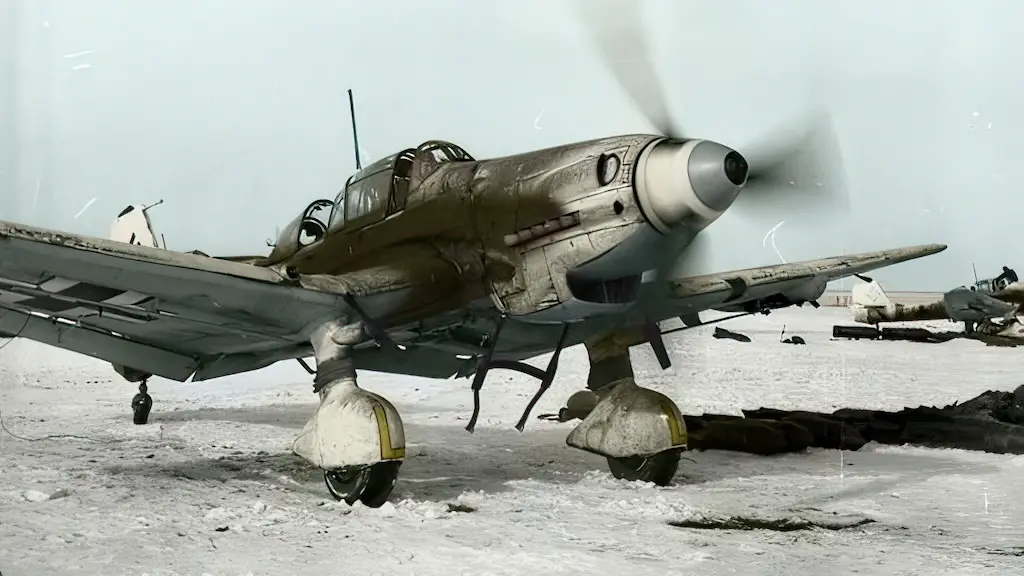
Dominance in anti-shipping missions
Contrary to popular belief that Stukas attack land installations, their effectiveness against naval targets is a lesser-known but significant aspect of their use in the war. The Norwegian Campaign underscored this capability, when Stukas damaged and sank several Allied ships, including HMS Bittern, HMS Afridi, and the French destroyer Bison. Their effectiveness was also demonstrated in the Battle of Britain, where they sank five ships in a single day. In the Mediterranean, they notably damaged HMS Illustrious. Even on the Eastern Front, where naval engagements were less frequent, Stukas, particularly under Hans-Ulrich Rudel, successfully attacked enemy warships.

Widespread use by Axis powers
The Ju-87’s utility extended beyond the German Air Force; most of Germany’s European allies adopted the aircraft. Italy, which had failed with its Savoia-Marchetti SM.85, acquired Stukas and renamed them Picchiatello, which means “slightly crazy” but also refers to dive-bombing. Romanian forces actively used Stukas against Soviet targets until they deserted in 1944. Afterward, they turned against German and Hungarian forces. Hungary and Bulgaria also used Stukas in combat until they were overrun by Soviet advances.
Irreplaceable until the end of the war
Despite its vulnerability to enemy fighters, recognized as early as 1940, the Stuka remained in production and active service until 1944. As the war progressed, it was replaced in some roles by the Focke-Wulf Fw 190, but Stukas continued to be used. Even as the Soviet Army approached Berlin, Stukas played a crucial role. One group destroyed 149 T-34 tanks in the final stages of the war. The continued use of the Stuka in the Luftwaffe despite technological advances underscores its strategic importance and versatility.
